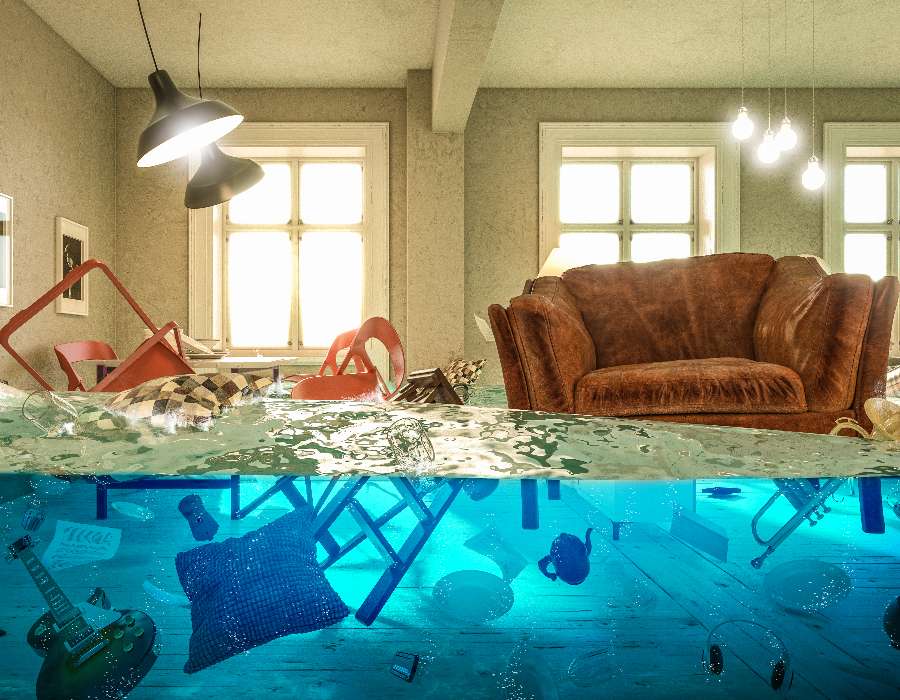Water Damage Restoration: What You Need to Know
The unfortunate reality is that there is never a time when water damage isn’t a threat. Regardless of where you are in the world, fire, hurricanes, floods, and other natural disasters can cause water damage. Even in seemingly dry areas, water can leak in through cracks in the floor or walls. In this article, we’ll provide you with a comprehensive overview of water damage restoration – what it is, how it happens, and what you need to do to protect yourself and your property if something goes wrong.
What is Water Damage Restoration
Water Damage Restoration is the process of restoring water damage and rescuing any victims that may have been affected. If you live in a city, there’s a good chance you experience water damage on occasion. This is due to heavy rain or snowfall, flooding from storm drains or broken pipes, or even simply using too much water in your garden.
When water damages property, it can cause extensive damage to electronics (especially laptops), furniture, carpets, and flooring surfaces. In addition to repairing physical items damaged by the floodwaters, Water Damage Restoration professionals will often clean contaminated rooms and remove all salvageable belongings.
What Causes Water Damage
Water damage is one of the most frustrating problems homeowners face. It can occur in any type of structure, from a small apartment to a large home. And, it doesn’t take much for water damage to turn into a serious disaster.
So, what are some common causes of water damage?
– Broken pipes: A broken pipe can cause gallons and gallons of water to pour onto the floor or into walls and ceilings. In extreme cases, this flooding may result in structural failure.
– Groundwater seepage: When groundwater penetrates a foundation or other underground structure, it can cause significant water damage. This type of moisture intrusion may be undetected for months or even years until conditions become ripe for destruction (like when frozen ground thaws).
– Bursting windows: Perhaps the most common source of indoor water damage is blown-out windows caused by strong winds or gusts. Not only do these accidents create messes that need cleaning up, but they also allow rain and snow inside – both dangerous weather elements.
How to determine the extent of water damage
If you suspect that your water damage is extensive, it’s important to take action as soon as possible. Determining the extent of the damage can help you decide what needs to be done in order to save your property and protect your health.
Here are a few tips for determining the extent of water damage:
– Check for signs of mold or fungus growth. These types of organisms grow rapidly in moist environments and will indicate an extensive amount of water damage. If present, remove any contaminated materials immediately.

Look for discoloration or black spots on walls or ceilings; these are indicative of moisture absorption through the surface layers of construction paper, plasterboard, drywall, etc. This type of exposure can lead to serious health problems if not treated quickly (for example, by removing affected material and installing fans).
– Listen for gurgling sounds – this indicates that pipes have been severely damaged and may need to be replaced outright (or at least repaired). If there is a major structural failure – such as a collapsing roof – professional assistance may be necessary before proceeding with normal life operations.
How to assess the damage and begin restoration work
If you are in an unfortunate situation where your home has been damaged by a natural disaster, or if someone has deliberately inflicted damage on your property, it is important to assess the damage and begin restoration work as soon as possible.
Here are four steps that can help you get started:
– Survey the area to determine exactly what was destroyed. Take pictures, sketches, and measurements of any broken windows or doors, ripped roofs, etc.
– Contact insurance companies and declare a loss. This will help with getting reimbursed for damages (and hopefully provide some peace of mind).
– Get estimates from qualified contractors who specialize in restoring homes after disasters. Ask about your area’s zoning laws and mandatory permit requirements before making an appointment.
-Begin working with contractors immediately once all necessary approvals have been obtained so that construction can start while repairs are still being made.
Tips for cleaning and drying after water damage
If you have water damage, there are a few things you need to do to minimize the damage and clean up as quickly as possible.
– Clean everything wet with soap and water. Make sure to get into all the cracks and joints, and scrub until the surface is shiny.
– Dry everything off using air conditioning or fans set on low or no heat. Do not use ovens, stovetops, broilers, or dryers – they will only add to the fire hazard!
– Remember to turn off electric appliances when cleaning them; electricity can create sparks that could ignite a fire.
Final Thoughts
With all due respect to the restoration experts, trained homeowners can also restore your house completely with just a few tools and a little knowledge.
While there is no limit to resources regarding water damage, you should always keep essentials like a first aid kit, an emergency phone number, and some extra clothes ready in case of any emergency. The next time your home gets flooded, these measures will help you save your valuables while restoring peace of mind.
At All Pro Restoration LLC, we offer a wide range of restoration services that are tailored to meet the individual needs of our clients. We understand that only some people are familiar with all the restoration options available, so we gladly provide detailed estimates and recommendations for any specific project you may have in mind. Contact us today to get started!

